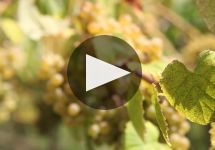La Cana Navia 2020
-
Wilfred
Wong -
James
Suckling
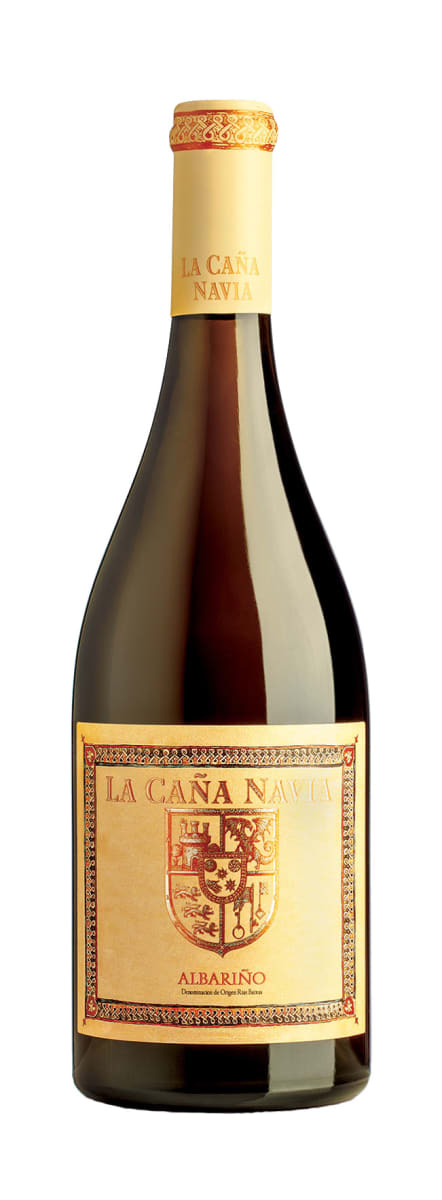


Product Details
Your Rating
Somm Note
Winemaker Notes
Professional Ratings
-
Wilfred Wong of Wine.com
COMMENTARY: The 2020 La Caña Albariño delivers attractive fruit and excellent satisfaction on the palate. TASTING NOTES: This wine offers aromas and flavors of dried earth, chalk, and rocks-in-the-desert. Pair it with freshly-steamed crab legs. (Tasted: August 27, 2022, San Francisco, CA)
-
James Suckling
A generous albarino with notes of baked apples, apricots, buttered corn and lemon curd. Medium- to full-bodied, creamy and ripe yet with tangy acidity to wake you up. Drink now.
Other Vintages
2023- Vinous
-
James
Suckling -
Jeb
Dunnuck - Vinous
-
Wine
Spectator
-
James
Suckling -
Wine
Enthusiast - Vinous
-
Wine
Spectator
-
Wine
Spectator -
James
Suckling -
Jeb
Dunnuck -
Robert
Parker
-
Jeb
Dunnuck -
Wilfred
Wong -
Robert
Parker
-
Jeb
Dunnuck -
James
Suckling -
Robert
Parker
-
Jeb
Dunnuck -
James
Suckling -
Robert
Parker
-
James
Suckling -
Jeb
Dunnuck -
Wine
Spectator -
Robert
Parker
-
Wine
Enthusiast -
Wine &
Spirits

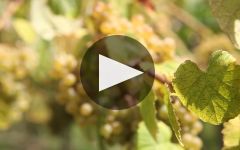

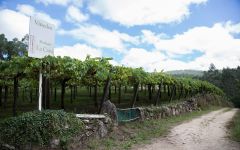
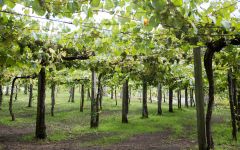
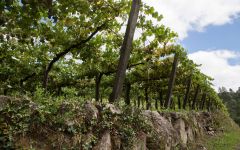
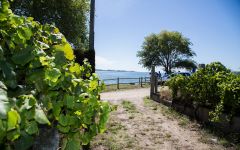
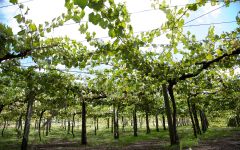
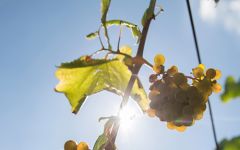


Jorge Ordóñez was the first person to introduce Albariño to the United States in 1991. Told he would never sell more than 100 cases of Albariño in New York City, he persevered, and now owns a winery in the Valle of Salnés, the best appellation of D.O. Rias Baixas.
When Jorge first traveled to Rías Baixas, the D.O. did not officially exist. What he found was a rich culture of family viticulture and winemaking. Most families had small plots of Albariño planted on pergolas built with posts taken from the mother rock – granite. Most of this Albariño was fermented and aged on the lees in large chestnut foudres.
Named for the straw-like cañas (reeds or canes) that line the shores of the Atlantic inlets that carve into the granite coast of Galicia, the winery’s philosophy is to produce a traditional, authentic, and serious Albariño, in the style of the artisan wines that Ordóñez discovered when he first arrived in the appellation in 1991.

Bright and aromatic with distinctive floral and fruity characteristics, Albariño has enjoyed a surge in popularity and an increase in plantings over the last couple of decades. Thick skins allow it to withstand the humid conditions of its homeland, Rías Baixas, Spain, free of malady, and produce a weighty but fresh white. Somm Secret—Albariño claims dual citizenship in Spain and Portugal. Under the name Alvarinho, it thrives in Portugal’s northwestern Vinho Verde region, which predictably, borders part of Spain’s Rías Baixas.

Named after the rías, or estuarine inlets, that flow as far as 20 miles inland, Rías Baixas is an Atlantic coastal region with a cool and wet maritime climate. The entire region claims soil based on granite bedrock, but the inlets create five subregions of slightly different growing environments for its prized white grape, Albariño.
Val do Salnés on the west coast is said to be the birthplace of Albariño; it is the coolest and wettest of all of the regions. Having been named as the original subregion, today it has the most area under vine and largest number of wineries.
Ribeira do Ulla in the north and inland along the Ulla River is the newest to be included. It is actually the birthplace of the Padrón pepper!
Soutomaior is the smallest region and is tucked up in the hills at the end of the inlet called Ria de Vigo. Its soils are light and sandy over granite.
O Rosal and Condado do Tea are the farthest south in Rías Baixas and their vineyards actually cover the northern slopes of the Miño River, facing the Vinho Verde region in Portugal on its southern bank.
Albariño gives this region its fame and covers 90% of the area under vine. Caiño blanco, Treixadura and Loureira as well as occasionally Torrontés and Godello are permitted in small amounts in blends with Albariño. Red grapes are not very popular but Mencía, Espadeiro and Caiño Tinto are permitted and grown.
